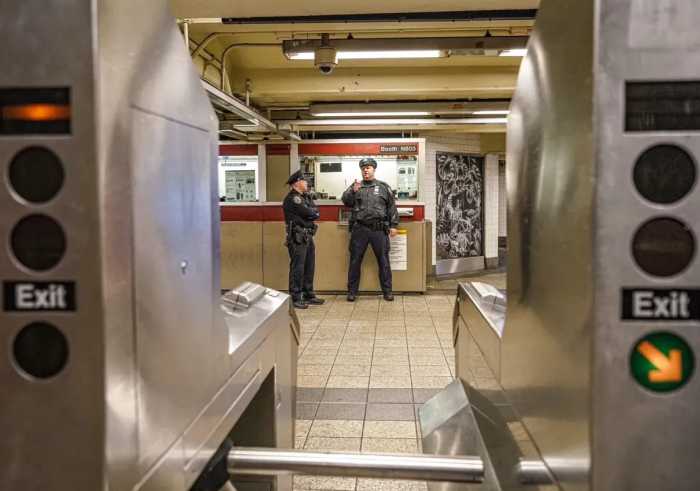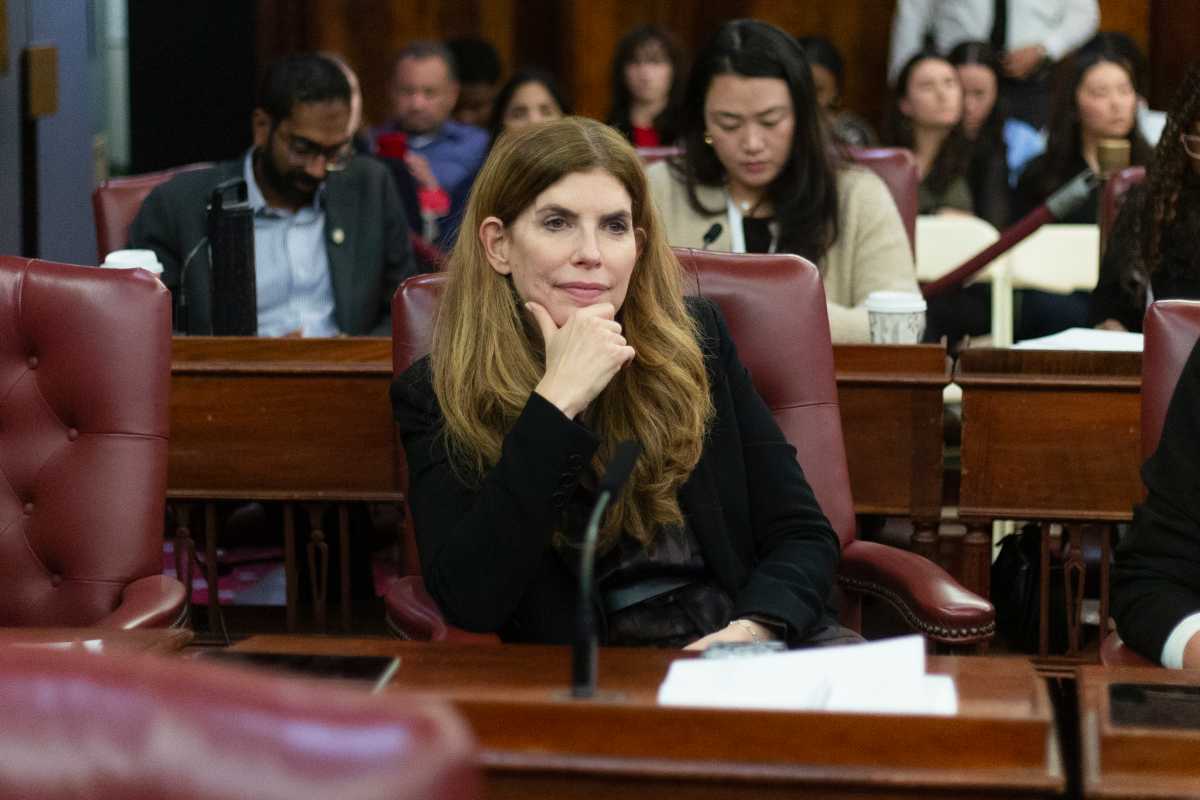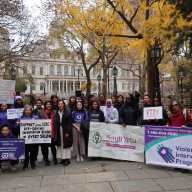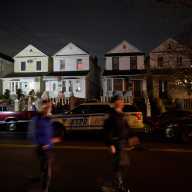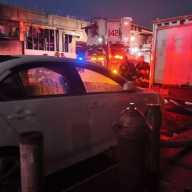By Alex Christodoulides
Bayside, Rego Park and Forest Hills take a bow for receiving the distinction of being listed among the borough's most child-friendly communities in the five boroughs in a new study that weighed school quality, safety, access to healthy food, parkland and jobs.
The Manhattan-based Citizens Committee for Children of New York City, a nonprofit child advocacy organization, released its report last week, tracking the status of children in every community district in the city, and reported that overall conditions for children have improved in recent years. But in some areas, children still experience challenges such as poverty, poor health care and housing conditions, high unemployment and a lack of healthy food.
The study named Bayside, Rego Park and Forest Hills as well as Tottenville in Staten Island tops in the city, with Mott Haven in the Bronx coming in last and Bedford-Stuyvesant in Brooklyn just ahead of it.
Within Queens, the other top neighborhoods ranked by the study were Flushing and Fresh Meadows/Briarwood, followed in the next tier of child-friendliness by Queens Village, Howard Beach, Ridgewood/Glendale and Woodhaven.
The third tier included Sunnyside/Woodside, Jackson Heights, Elmhurst/Corona, the Rockaways and Jamaica/St. Albans. Bringing up the rear in the study, Astoria/Long Island City stood alone as the borough's least child-friendly neighborhood, but was still ranked ahead of Mott Haven and Bedford-Stuyvesant.
“We know that public investments that support child well-being pay off, for example, with across-the-board improvements in prenatal care, access to health insurance and education outcomes,” said Jennifer March-Joly, Citizens Committee for Children of New York City's executive director. “But for too many children, the community they grow up in will have a profound impact on their ability to succeed.”
Queens is doing well, said the Citizens Committee for Children of New York City. The study findings showed that the median household income rose 9 percent in 2005 to $48,093 from $44,233 in 2002 (numbers are adjusted for inflation).
The number of children under 18 living in poverty declined, with 18.5 percent in this category in 2006 compared to 19.2 percent in 2000, the study said. Queens had 11.9 library books per child in fiscal year 2006, compared with 10.5 in Brooklyn, 3.1 in the Bronx, 6.9 in Manhattan and 8.9 in Staten Island.
In education, the study ranks Queens well: From 2006-07, 58.2 percent of students met state and city reading standards, 74.5 percent met math standards and 54.6 percent of the class of 2006 graduated from high school — the best statistics in the city in all but the graduation rate.
Life is not all perfect in Queens, however, the study said. In 2002, 21.9 percent of renters spent half or more of their income on rent, a figure which climbed to 27.9 percent by 2005, the study showed.
The number of youth felony arrests increased to 4,338 in 2006, up from 3,773 in 2001, the study showed. In 2006, 21,231 children under 6 needed subsidized child care and did not receive it, and 102,879 school-age children needed out-of-school programs in 2007 and did not receive them, the study said.

